For centuries, superstitions about animals have shaped the way we view and interact with our furry friends. Dogs and cats, in particular, have long been associated with myths and beliefs that continue to influence our modern lives. Whether seen as good omens or feared as harbingers of doom, these animals have always held a special place in human culture. Let’s explore 15 ancient superstitions about dogs and cats that still resonate with us today.
1. Black Cats Bring Bad Luck
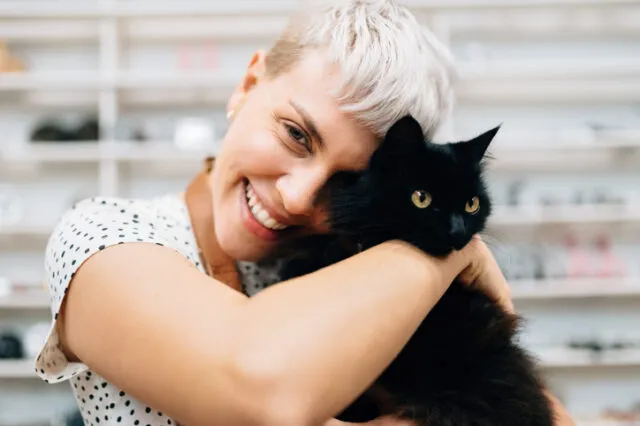
The belief that black cats bring bad luck is perhaps one of the most enduring superstitions. Originating in the Middle Ages, black cats were often associated with witches and the supernatural. People believed that witches could transform into black cats to carry out their dark deeds. This superstition has persisted throughout the years, with many people today still feeling uneasy when a black cat crosses their path.
However, in some cultures, black cats are actually considered to be good luck. For instance, in Japanese culture, black cats are seen as symbols of prosperity and protection from evil spirits. According to the ASPCA, adopting a black cat can actually be a sign of good fortune. Despite these positive beliefs, black cats in shelters are often overlooked due to lingering superstitions, highlighting the powerful influence of this age-old myth.
2. Dogs Howling is a Death Omen

The sound of a dog howling has long been associated with death in various cultures around the world. This superstition likely stems from the eerie, mournful sound of a howling dog, which can make even the bravest among us shiver. In ancient times, it was believed that a dog howling outside your home was a sign that death was near. This belief has persisted in many cultures, with some people still feeling uneasy when they hear a dog howling.
Interestingly, dogs howl for many reasons, such as communication or expressing emotions, none of which are related to impending doom. The American Kennel Club explains that howling can be a sign of loneliness or an attempt to get attention. Despite these rational explanations, the ancient belief in howling as an omen of death lingers on in the minds of many, showing how deeply ingrained this superstition has become.
3. Cats Have Nine Lives
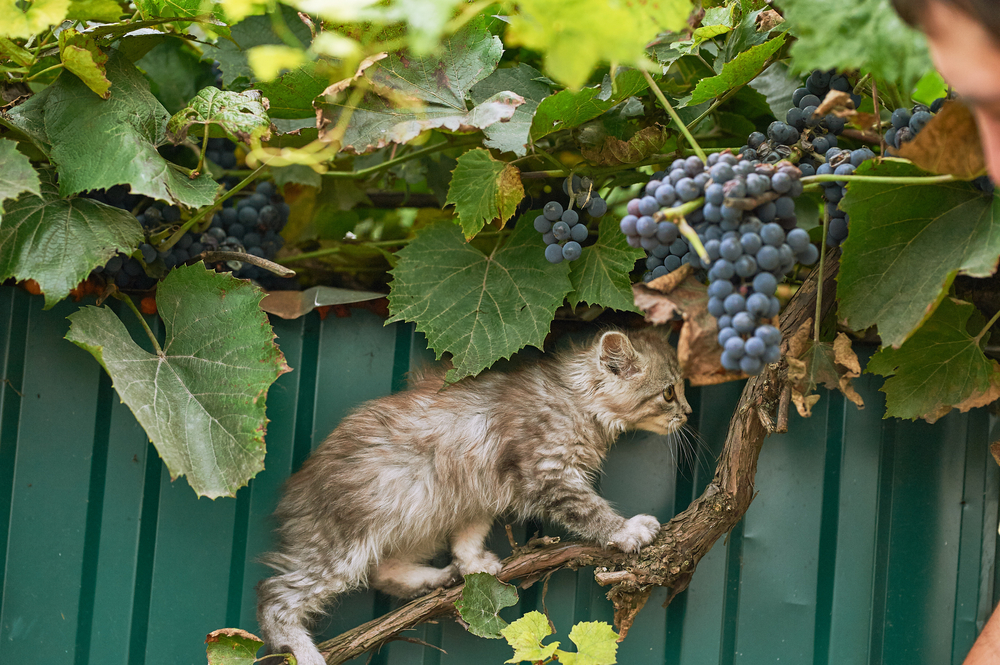
The notion that cats have nine lives is a well-known superstition that speaks to the resilience and agility of these furry creatures. This belief likely originated from the cat’s ability to escape dangerous situations with seeming ease. Cats are known for their remarkable reflexes and ability to land on their feet, which might have led people to believe that they possess multiple lives. This myth has been perpetuated in literature and folklore for centuries.
Despite its fanciful nature, the expression “cats have nine lives” is often used to describe someone’s ability to overcome challenges. In reality, cats, like all living beings, have only one life, but their impressive survival skills make them seem almost superhuman. The idea of nine lives is a testament to the admiration humans have for cats and their seemingly magical abilities. Today, this superstition serves as a reminder of the respect and awe we hold for our feline companions.
4. Dogs Eating Grass Predicts Rain
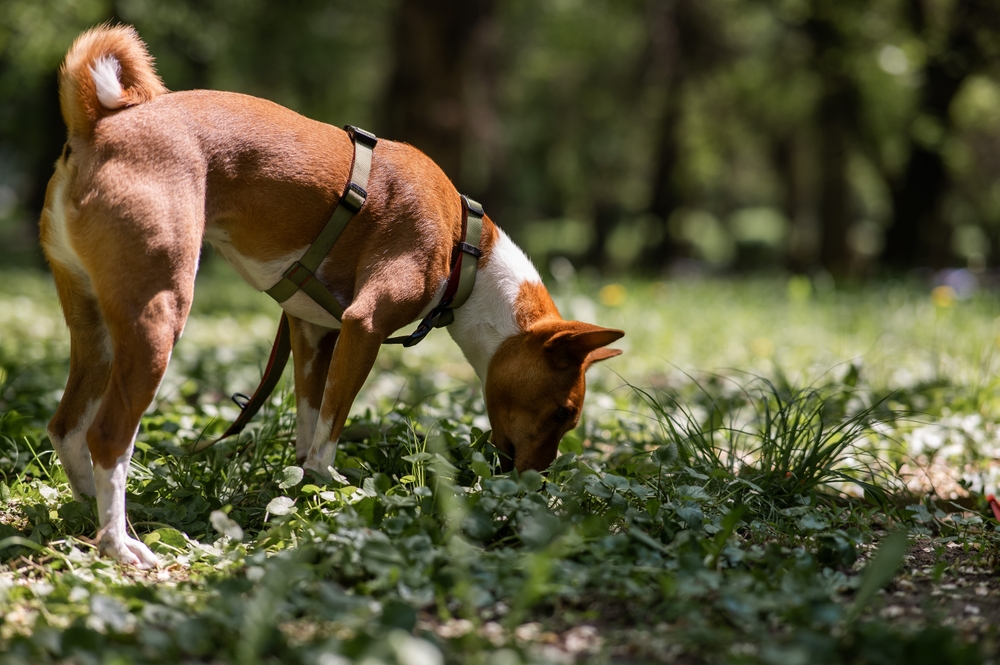
One unusual superstition about dogs is the belief that when they eat grass, it means rain is on the way. This saying has been passed down through generations, with people observing their dogs’ behavior as a way to predict the weather. It’s unclear where this superstition originated, but it may be linked to the fact that weather changes often affect animal behavior. Some believe that dogs can sense changes in atmospheric pressure, leading them to eat grass before a storm.
In reality, dogs eating grass is a common behavior that usually has little to do with the weather. Experts suggest that dogs may eat grass to help with digestion or simply because they enjoy the taste. While this behavior may seem unusual to us, it is not necessarily an indicator of impending rain. Still, this superstition persists in many communities, highlighting our tendency to look to our pets for clues about the natural world.
5. Cats as Guardians of the Underworld
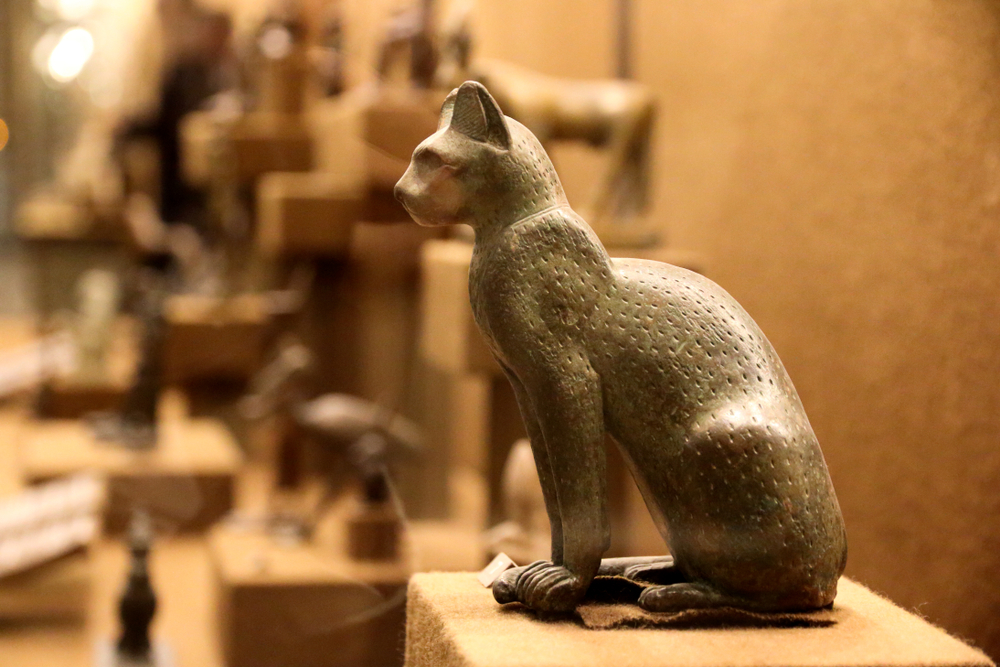
In ancient Egyptian culture, cats were revered as sacred animals with a special connection to the afterlife. The goddess Bastet, often depicted with the head of a lioness or domestic cat, was believed to protect the home and embody the qualities of family and fertility. Egyptians held cats in high regard, believing they were capable of guarding the underworld and guiding souls to the afterlife. This reverence for cats has influenced how we view these animals throughout history.
Even today, many people view cats as mysterious and otherworldly creatures. Their nocturnal nature and penetrating gaze contribute to the perception that they possess otherworldly powers. This ancient superstition has seeped into modern culture, with cats often depicted as mystical beings in movies and literature. While we may not believe that cats guard the underworld today, the fascination with their enigmatic nature remains strong.
6. Dogs as Protectors Against Evil Spirits
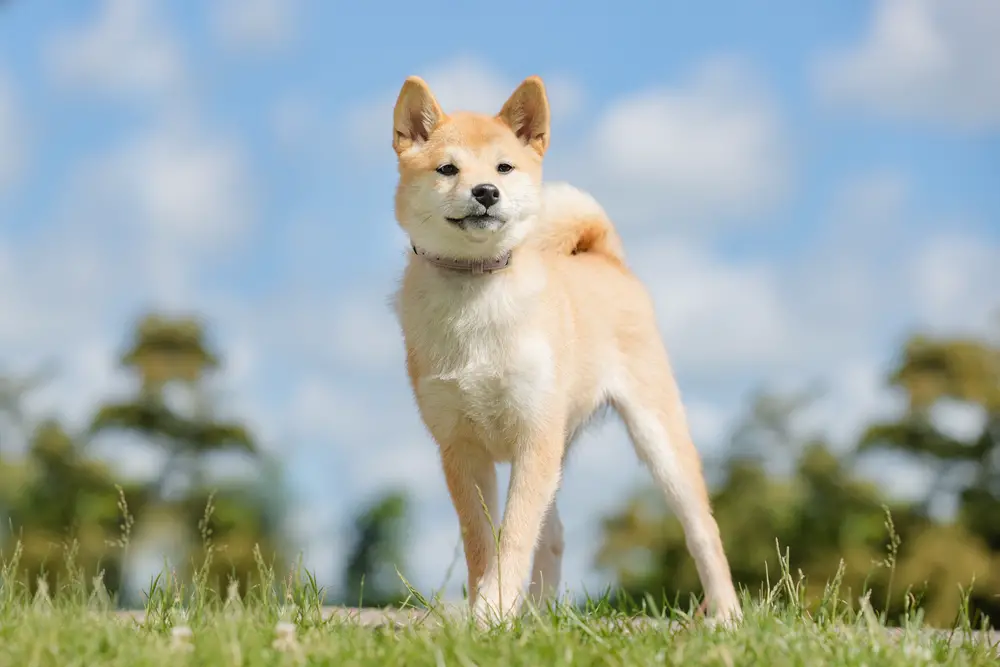
Dogs have long been seen as protectors, not just in the physical world, but also against evil spirits. In many cultures, dogs were believed to have the ability to sense and ward off malevolent forces. This belief likely stems from their keen senses and loyalty, which made them natural guardians of the home. The idea of dogs as spiritual protectors has been a comforting thought for many people throughout history.
Even today, the presence of a dog in the home is often seen as a protective measure against negativity. People feel safer with dogs around, attributing their sense of security to the ancient belief in dogs’ supernatural protective abilities. This superstition underscores the deep bond between humans and dogs, emphasizing the trust and reliance we place in our canine companions. The enduring belief in dogs as protectors highlights the timeless nature of this powerful connection.
7. Cats Steal Your Breath While You Sleep
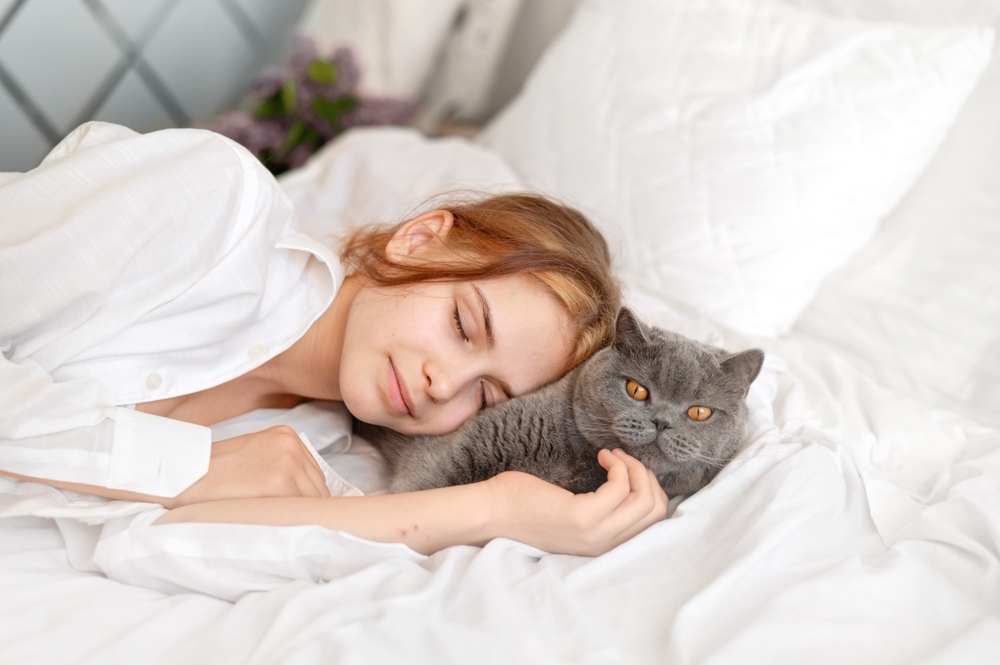
One of the more peculiar superstitions about cats is the belief that they can steal a person’s breath while they sleep. This myth likely originated from the idea that cats were jealous of babies and would smother them in their cribs. The superstition may have been fueled by the observation of cats curling up next to sleeping infants, drawn by their warmth and rhythmic breathing. This has led some to believe that cats pose a danger to sleeping individuals.
In reality, this superstition is unfounded, as cats do not have the ability to steal breath. The behavior of curling up next to someone is simply a sign of affection and a desire for warmth. Despite this, the myth persists in some cultures, causing unnecessary fear and suspicion towards our feline friends. This superstition serves as a reminder of how misunderstandings about animal behavior can lead to longstanding myths and misconceptions.
8. Dogs as Guides to the Afterlife
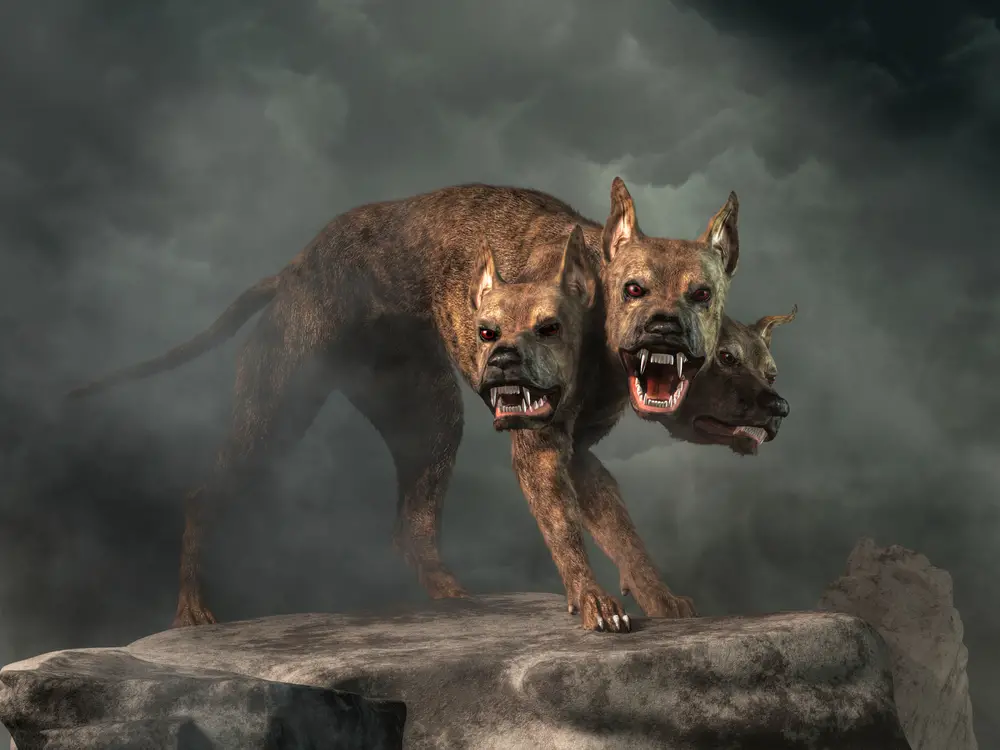
In various ancient cultures, dogs were believed to serve as guides to the afterlife, escorting souls to their final resting place. This belief was particularly prevalent in ancient Greek and Roman mythology, where dogs were associated with the god Hades, the ruler of the underworld. The myth of Cerberus, the three-headed dog guarding the gates of Hades, is a well-known example of this belief. Dogs’ roles as loyal companions may have contributed to their association with guiding souls.
While modern society may not hold the same beliefs about dogs and the afterlife, the notion of dogs as guides has persisted in various forms. Many people today consider their dogs as emotional guides, providing comfort and companionship during difficult times. This ancient superstition highlights the deep emotional bond between humans and dogs, underscoring the timeless nature of our connection with these loyal animals. The legacy of dogs as guides endures, reflecting the enduring trust we place in their companionship.
9. Cats as Weather Predictors
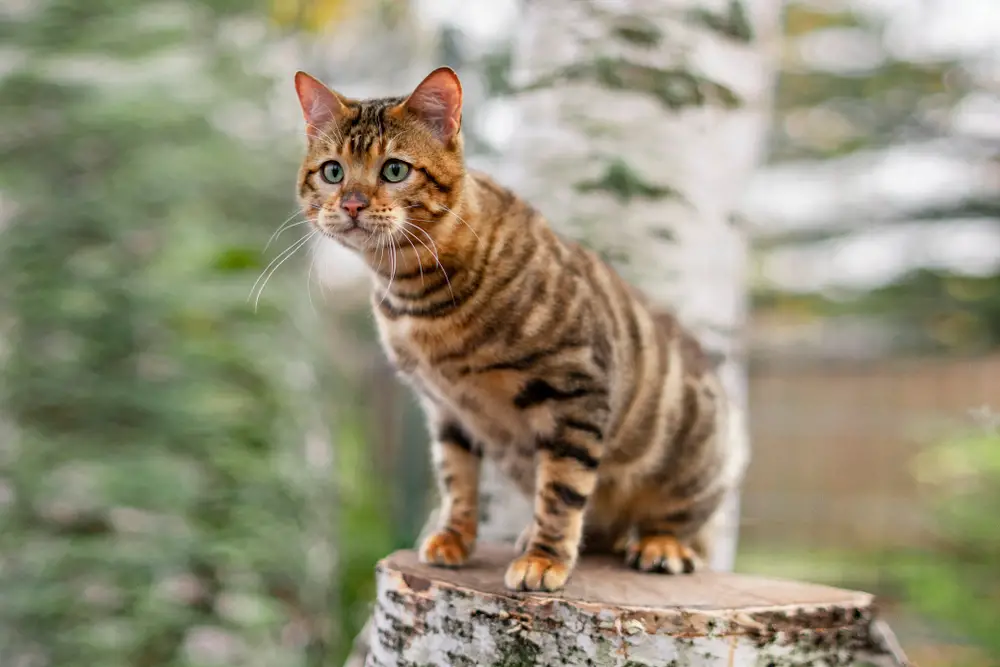
Cats have long been thought to possess the ability to predict the weather, particularly in rural communities. This superstition likely arises from the belief that animals have heightened senses that allow them to detect changes in the environment. For instance, it was said that if a cat spent a lot of time grooming its ears, rain was on the way. This belief is rooted in the observation of animal behavior as an indicator of natural events.
While there is little scientific evidence to support the idea that cats can predict the weather, their behavior can sometimes indicate changes in the environment. Cats may become more active before a storm or seek shelter in anticipation of bad weather. Despite the lack of concrete evidence, this superstition persists, reflecting our fascination with the mysterious and seemingly magical abilities of cats. The belief in cats as weather predictors continues to capture our imagination and underscores our desire to connect with the natural world through our pets.
10. Dogs Barking at Night Signals Danger
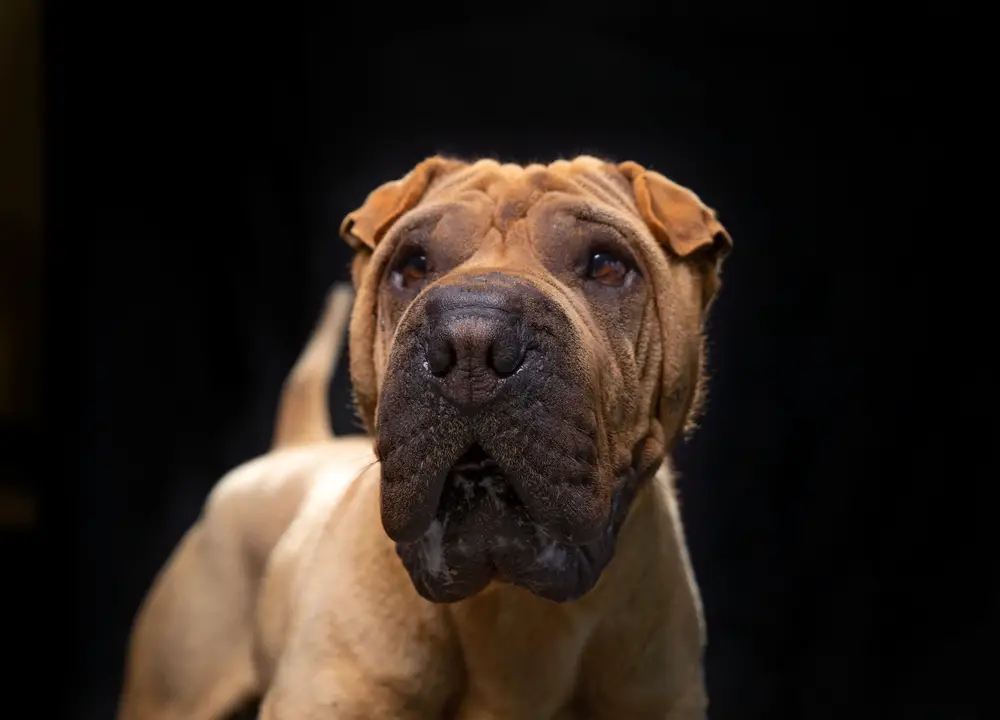
The belief that a dog’s barking at night signals danger is a common superstition that has been around for centuries. This idea likely stems from the role of dogs as protectors and their heightened senses, which allow them to detect threats that humans might miss. In many cultures, a barking dog in the middle of the night is seen as a warning sign that something is amiss. This belief has persisted, with people often feeling a sense of unease when their dog barks at night.
However, dogs bark for various reasons, not all of which are related to danger. Nocturnal barking can be a response to unfamiliar sounds, boredom, or a need for attention. Understanding the reasons behind a dog’s barking can help alleviate fears and clarify whether there is a real threat. Despite this, the superstition of dogs barking as a signal of danger remains deeply rooted, highlighting the longstanding trust we place in our canine companions to protect us from harm.
11. Cats as Symbols of Prosperity
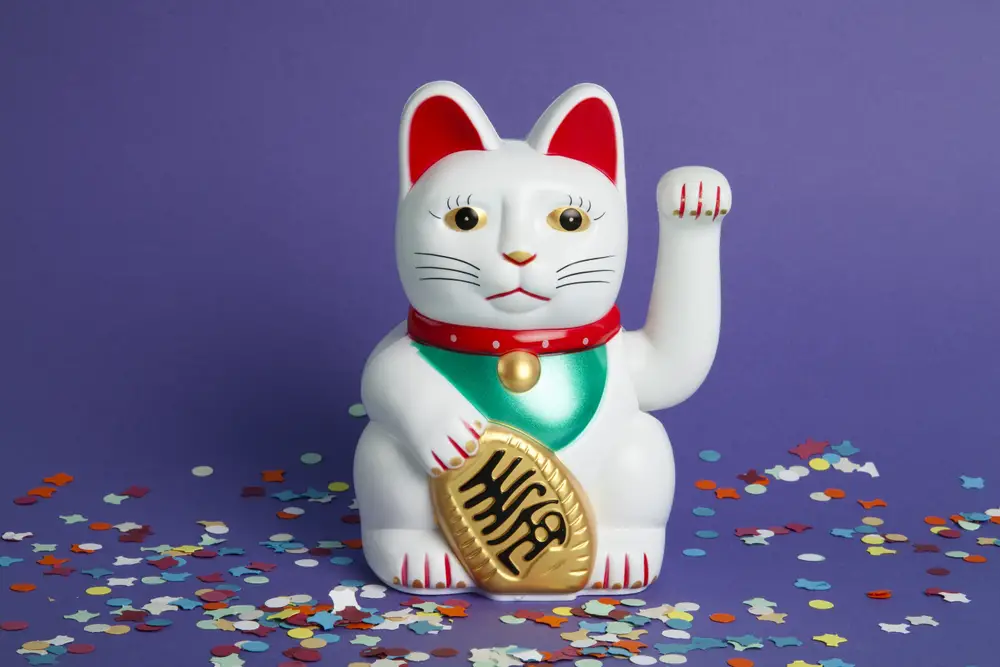
In many cultures, cats have been regarded as symbols of prosperity and good fortune. This superstition is particularly prevalent in Asian cultures, where the “Maneki Neko” or “beckoning cat” is a common talisman believed to bring wealth and success. The image of a cat with one paw raised in greeting is often found in businesses and homes, serving as a charm to attract positive energy. This belief in cats as bringers of prosperity has transcended cultural boundaries and gained global popularity.
Cats’ association with prosperity can also be traced back to ancient Egypt, where they were revered and often depicted in art alongside symbols of abundance. Even today, the belief in cats as symbols of prosperity resonates with many people, leading them to adopt cats or display cat figurines as lucky charms. This superstition reflects the positive attributes we associate with cats and their ability to bring joy and good fortune into our lives. The enduring appeal of cats as symbols of prosperity highlights our desire to connect with the mystical qualities of these enchanting animals.
12. Dogs Dream of the Future

The notion that dogs dream of the future is a charming superstition that speaks to the deep bond between humans and their canine companions. This belief likely arises from the observation that dogs often twitch, bark, and move their paws while sleeping, as if they’re experiencing vivid dreams. Some have interpreted these behaviors as a sign that dogs have premonitions and can see into the future. This superstition reflects our fascination with the inner lives of animals and our desire to understand their experiences.
While scientific research has shown that dogs do indeed dream, the content of their dreams is likely related to their daily activities rather than visions of the future. Dogs, like humans, experience REM sleep, during which they may replay events from their day or imagine chasing a favorite toy. Despite the lack of evidence supporting prophetic dreams, the idea that dogs can foresee the future remains an endearing aspect of our relationship with them. This superstition highlights our enduring curiosity about the complex and mysterious nature of our pets’ minds.
13. Cats as Guardians of Treasure
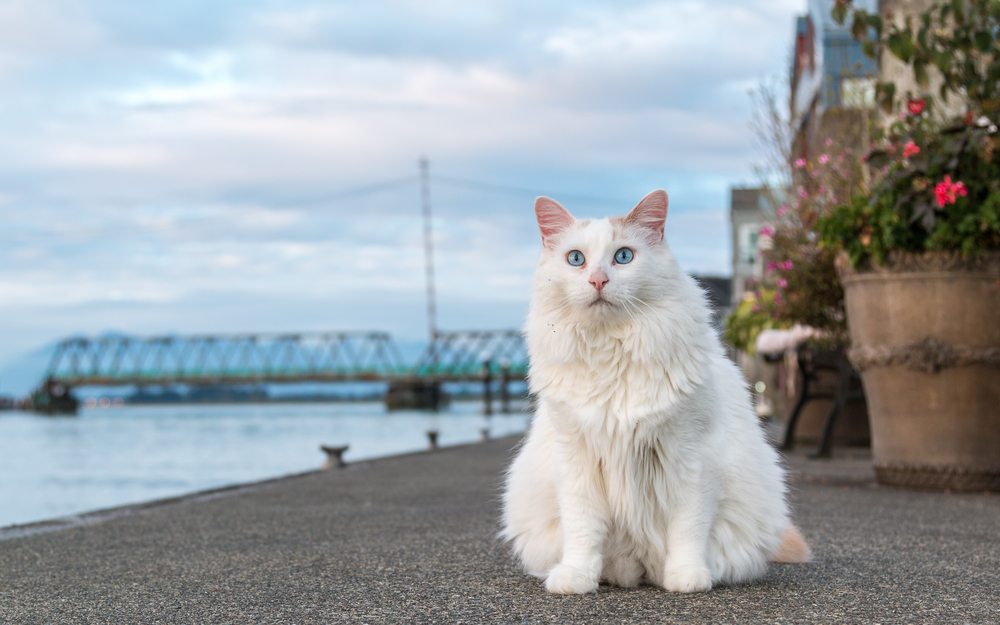
In ancient folklore, cats were often depicted as guardians of treasure, entrusted with protecting valuable objects and hidden riches. This belief may have originated from the observation that cats are naturally curious and drawn to hidden or mysterious places. In some cultures, cats were believed to possess supernatural abilities that enabled them to detect and guard treasures. This superstition reflects the mystical qualities we ascribe to cats and their perceived connection to the supernatural.
Today, while the notion of cats guarding treasure is more symbolic than literal, the belief in their protective qualities endures. Many people view their cats as guardians of the home, providing comfort and a sense of security. This superstition underscores the trust we place in our feline companions and their role as cherished members of the family. The enduring appeal of cats as guardians of treasure highlights our fascination with their enigmatic and magical nature.
14. Dogs’ Licking Heals Wounds

The belief that a dog’s licking can heal wounds is a superstition that dates back to ancient times. This idea likely stems from the observation that dogs often lick their own wounds as a natural instinct to clean and heal. In ancient Egypt and Greece, it was believed that a dog’s saliva had medicinal properties and could cure various ailments. This superstition has persisted, with some people still believing in the healing power of a dog’s lick.
While there is some truth to the antibacterial properties of dog saliva, it is not a substitute for proper medical care. In fact, allowing a dog to lick an open wound can introduce bacteria and potentially lead to infection. Despite this, the belief in the healing power of a dog’s lick remains a comforting thought for many, symbolizing the nurturing and caring nature of these loyal animals. This superstition highlights the deep bond between humans and dogs and our reliance on them for emotional and physical comfort.
15. Cats as Harbingers of Change
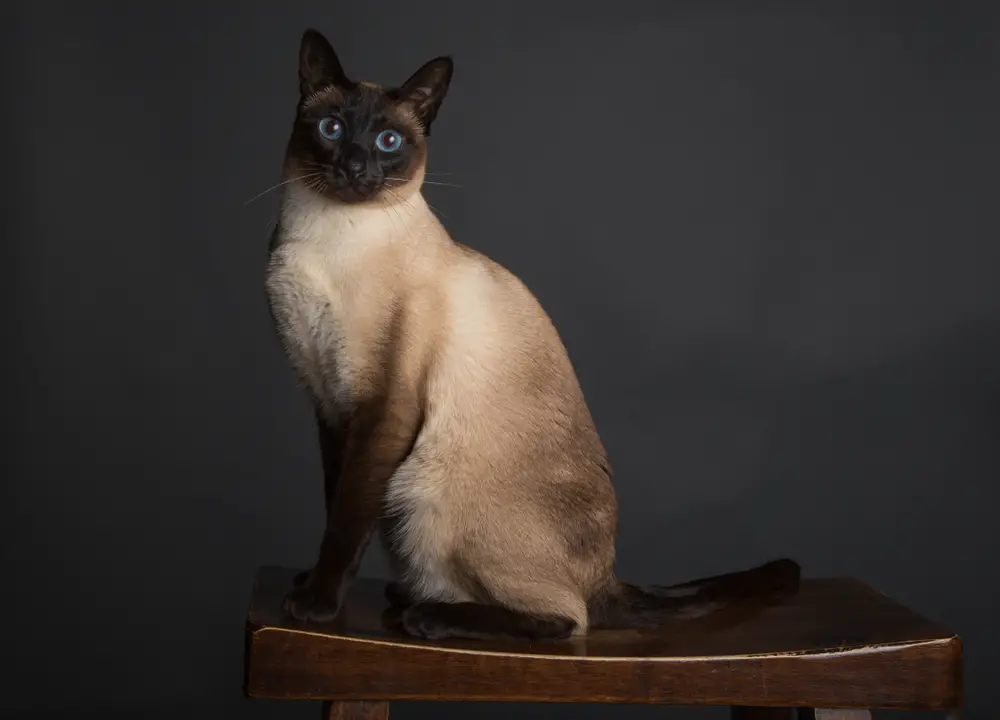
Cats have long been seen as harbingers of change, with their mysterious and independent nature often associated with transformation. This superstition may have originated from the belief that cats possess a special connection to the spiritual world, allowing them to sense and predict changes in energy. In some cultures, a cat appearing at your doorstep is seen as a sign that change is coming, whether it be positive or negative. This belief reflects the enigmatic qualities we attribute to cats and their perceived ability to navigate between worlds.
Today, the idea of cats as harbingers of change endures, with many people viewing them as symbols of adaptability and resilience. Cats’ ability to land on their feet and thrive in various environments resonates with the theme of transformation and change. This superstition highlights our admiration for the unique qualities of cats and our belief in their ability to guide us through life’s transitions. The enduring appeal of cats as symbols of change underscores our fascination with their mysterious and otherworldly nature.
